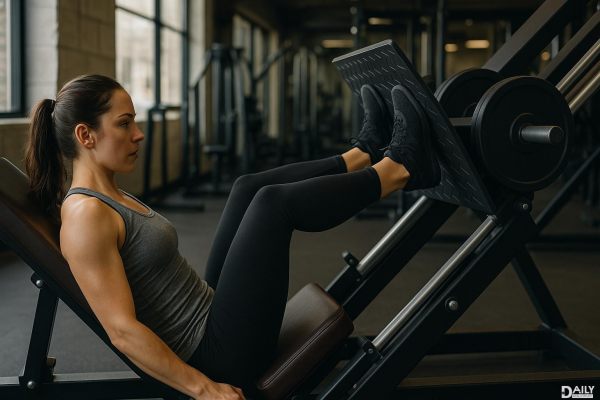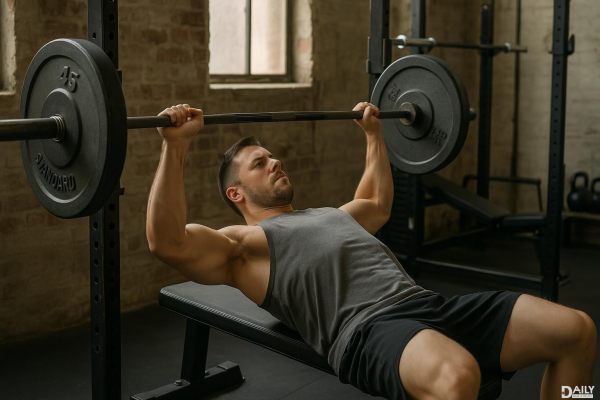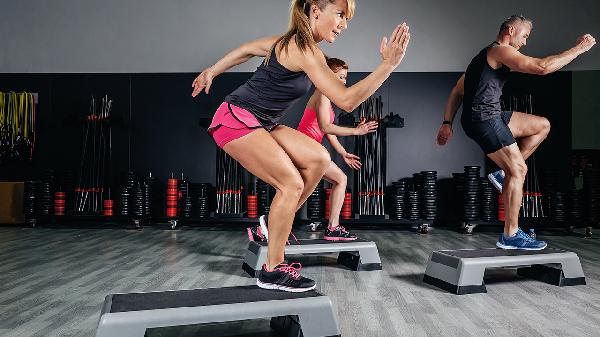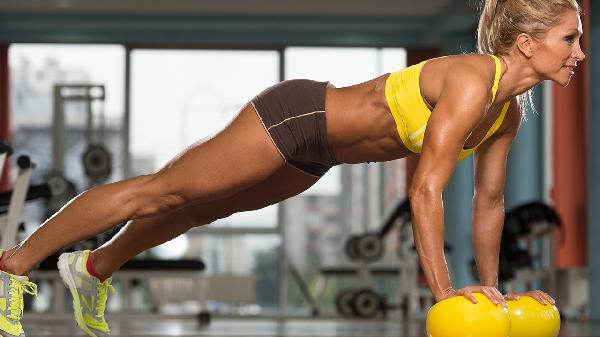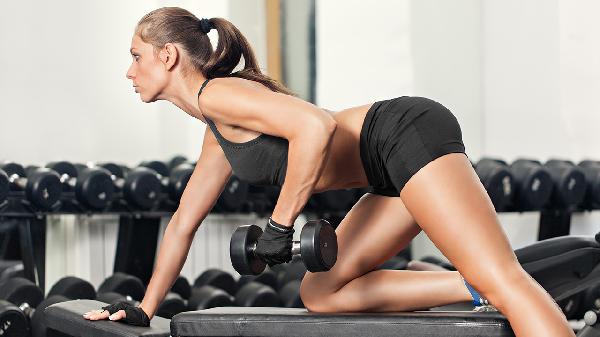Can your walking shoes double as running shoes? The short answer is: it depends. While some walking shoes might hold up for light jogging, dedicated running shoes are engineered for the unique demands of running—think extra cushioning, arch support, and shock absorption. But before you lace up those comfy walkers for a sprint, let's break down the science behind why your footwear choice matters more than you think.

Walking and running might seem similar, but the biomechanics are wildly different. When you walk, one foot is always on the ground, distributing your body weight evenly. Running? That’s a series of controlled leaps where your feet absorb up to three times your body weight with each stride. A shoe designed for walking often lacks the midsole cushioning needed to handle that repeated impact. Without proper support, you’re flirting with shin splints, plantar fasciitis, or worse—stress fractures. Running shoes also have a more aggressive tread pattern to grip pavement during toe-off, while walkers prioritize flexibility for a smooth heel-to-toe roll.
Flat feet, high arches, or neutral—your foot’s architecture plays referee in this shoe debate. Runners with flat feet need motion-control shoes to prevent overpronation (that inward ankle roll), while high arches require extra cushioning to compensate for poor shock absorption. Walking shoes rarely address these nuances. For example, a stability walking shoe might offer mild arch support but won’t have the rigid heel counter or wide base that runners with overpronation need to stay injury-free. If you’re serious about logging miles, a gait analysis at a specialty running store is worth its weight in gold.
Ever noticed how running shoes seem to “die” after 300–500 miles? It’s not marketing hype. The foam midsoles compress over time, losing their ability to absorb shock. Walking shoes endure less force per step, so they might last longer—but that doesn’t mean they’re safe for running once their walking days are done. Using worn-out walkers for running is like driving a car with bald tires; you’re asking for a blowout. Pro tip: Press your thumb into the midsole. If it feels stiff or doesn’t bounce back, it’s time for a replacement—whether you’re walking or running.
Okay, let’s be real—sometimes you’re traveling light or just want to sneak in a quick jog during a walk. Look for hybrid “walk-run” shoes with these specs: a cushioned midsole (like Brooks Dyad or Hoka Arahi), a 6–8mm heel-to-toe drop (for smoother transitions), and a breathable upper to prevent hot spots. But these are strictly for short, slow runs under 3 miles. Anything more intense, and you’re better off investing in a dedicated pair of runners. Your knees will thank you later.
Think of it like kitchen knives: You could chop veggies with a butter knife, but a chef’s blade gets the job done efficiently and safely. If running is more than an occasional whim, prioritize shoes designed for it. For walkers who dabble in jogging, hybrid options exist—but know their limits. And if you’re nursing nagging aches? That’s your body’s way of saying, “Hey, these shoes ain’t it.” Bottom line (oops, we said it): Your feet are the foundation of your fitness. Don’t skimp on what stands between them and the pavement.

